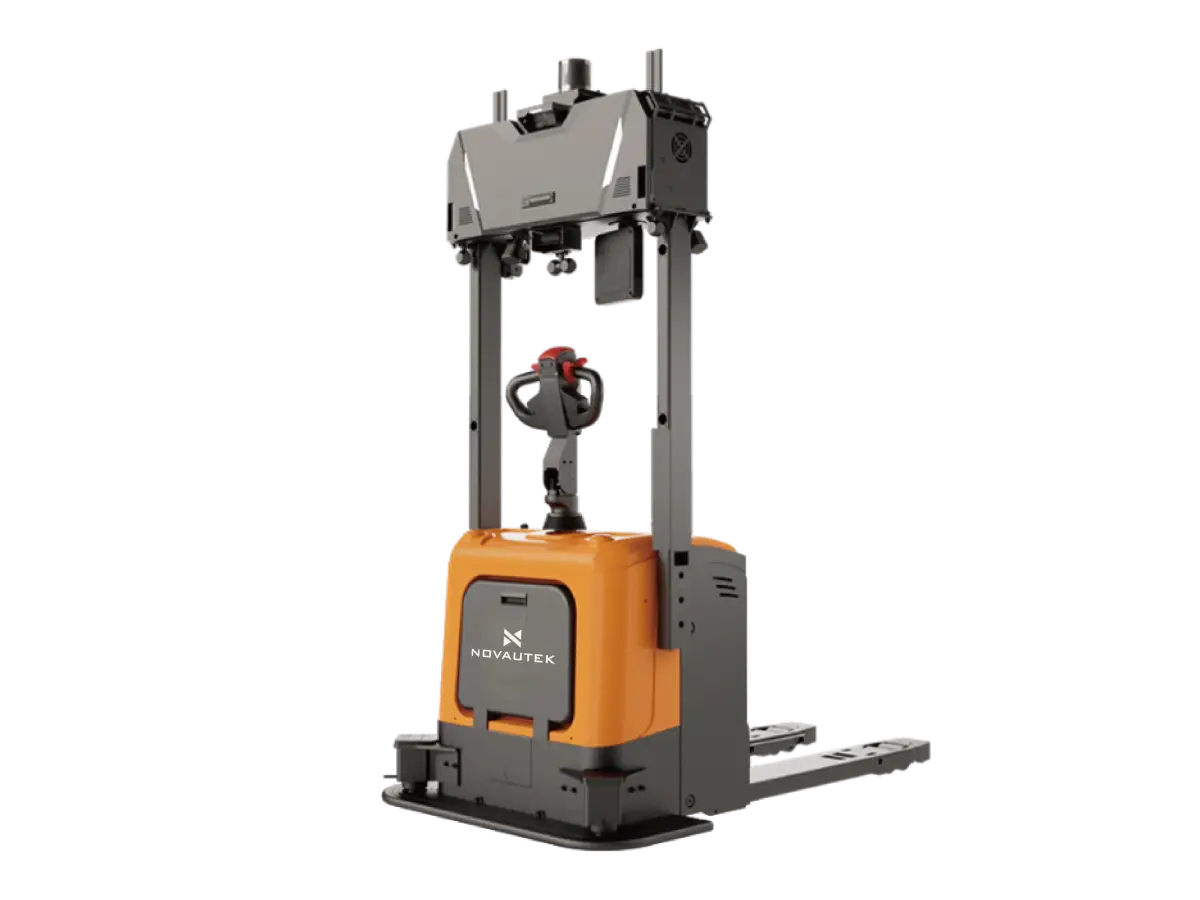Transforming Modern Warehouses Through Robotic Innovation
The landscape of warehouse operations is undergoing a revolutionary transformation with the integration of warehouse robots. These sophisticated machines are reshaping how businesses handle inventory, optimize space utilization, and maintain efficiency in their supply chain operations. As companies face increasing pressure to meet consumer demands and maintain competitive edges, warehouse robots have emerged as a game-changing solution that combines precision, speed, and reliability.
Modern warehouse robots represent the convergence of advanced robotics, artificial intelligence, and automated systems, working seamlessly to enhance various aspects of inventory management. From picking and packing to sorting and transporting goods, these mechanical assistants are proving invaluable in streamlining warehouse operations and reducing human error while significantly improving productivity levels.
Core Capabilities of Warehouse Automation Systems
Intelligent Picking and Sorting Operations
One of the most impressive capabilities of warehouse robots lies in their ability to execute precise picking and sorting tasks. These machines utilize sophisticated computer vision and AI algorithms to identify, select, and sort items with remarkable accuracy. They can navigate through narrow aisles, reach products at various heights, and handle different sized items with specialized grippers and suction mechanisms.
The precision of warehouse robots in picking operations significantly reduces error rates compared to manual processes. They can work continuously without fatigue, maintaining consistent accuracy levels throughout their operational hours. This reliability translates into fewer mistakes in order fulfillment and improved customer satisfaction.
Automated Transport and Material Handling
Modern warehouse robots excel in transporting materials throughout the facility with remarkable efficiency. Autonomous mobile robots (AMRs) and automated guided vehicles (AGVs) navigate warehouse floors using advanced mapping technologies and sensors. These systems can automatically plan optimal routes, avoid obstacles, and coordinate with other robots to prevent traffic congestion.
The material handling capabilities of warehouse robots extend beyond simple transportation. They can perform complex tasks such as loading and unloading pallets, transferring items between different zones, and even collaborating with human workers in hybrid operational environments. This comprehensive approach to material handling significantly reduces the physical strain on human workers while increasing overall throughput.

Advanced Features and Technologies
AI-Powered Decision Making
The integration of artificial intelligence enables warehouse robots to make sophisticated decisions in real-time. These systems can analyze multiple variables simultaneously, including inventory levels, order priorities, and resource availability, to optimize their operations continuously. Machine learning algorithms allow robots to improve their performance over time by learning from past experiences and adapting to changing warehouse conditions.
AI-driven warehouse robots can predict maintenance needs, identify potential bottlenecks, and suggest improvements to warehouse layout and processes. This predictive capability helps prevent operational disruptions and ensures smooth workflow throughout the facility.
Real-Time Inventory Tracking and Management
Warehouse robots equipped with advanced sensing technologies provide unprecedented accuracy in inventory tracking and management. These systems can perform continuous inventory counts, monitor stock levels in real-time, and automatically update inventory management systems. The integration with warehouse management software ensures that all stakeholders have access to accurate, up-to-date inventory information.
Real-time tracking capabilities also enable proactive inventory management, allowing businesses to optimize stock levels, reduce carrying costs, and prevent stockouts. The ability to maintain accurate inventory records without manual counting represents a significant advancement in warehouse efficiency.
Operational Benefits and ROI
Enhanced Productivity and Efficiency
The implementation of warehouse robots leads to substantial improvements in operational efficiency. These systems can operate 24/7, requiring only minimal downtime for maintenance and charging. They maintain consistent performance levels regardless of environmental conditions or time of day, effectively eliminating the productivity variations typically associated with human labor.
Studies have shown that warehouse robots can increase picking speeds by up to 300% while reducing error rates to near-zero levels. This dramatic improvement in productivity directly impacts the bottom line, allowing businesses to handle higher order volumes without proportionally increasing operational costs.
Cost Reduction and Resource Optimization
While the initial investment in warehouse robots may be significant, the long-term cost benefits are compelling. These systems reduce labor costs, minimize product damage, and optimize space utilization. The reduction in workplace injuries and associated insurance costs further contributes to the positive financial impact.
Moreover, warehouse robots enable more efficient use of vertical space and can operate in conditions that might be challenging or unsafe for human workers. This capability allows businesses to maximize their warehouse capacity without expanding their physical footprint.
Implementation Considerations and Best Practices
Strategic Planning and Integration
Successful implementation of warehouse robots requires careful planning and a comprehensive integration strategy. Organizations must assess their current operations, identify specific areas where automation will provide the greatest benefits, and develop a phased implementation plan that minimizes disruption to existing operations.
The integration process should include thorough testing, staff training, and establishment of new operational procedures. It's crucial to ensure that the robotic systems can communicate effectively with existing warehouse management systems and other automation technologies.
Maintenance and Support Requirements
To maximize the benefits of warehouse robots, organizations must establish robust maintenance programs and support systems. Regular preventive maintenance, software updates, and performance monitoring are essential to ensure optimal operation and longevity of the robotic systems.
Training technical staff to handle routine maintenance and troubleshooting can help minimize downtime and reduce dependence on external support. Having clear procedures for handling various scenarios ensures quick resolution of any issues that may arise.
Frequently Asked Questions
How long does it take to implement a warehouse robot system?
The implementation timeline for warehouse robots typically ranges from 3 to 6 months, depending on the complexity of the system and the size of the facility. This includes planning, installation, testing, and staff training phases.
What types of products can warehouse robots handle?
Modern warehouse robots can handle a wide variety of products, from small items weighing a few grams to large pallets weighing several hundred kilograms. They can be equipped with different grippers and handling mechanisms to accommodate various shapes, sizes, and materials.
How do warehouse robots impact existing employees?
Rather than replacing workers, warehouse robots typically complement human capabilities by handling repetitive and physically demanding tasks. This allows employees to focus on more strategic activities that require human judgment and problem-solving skills. Many organizations find that implementing robots creates new roles in robot operation, maintenance, and supervision.

